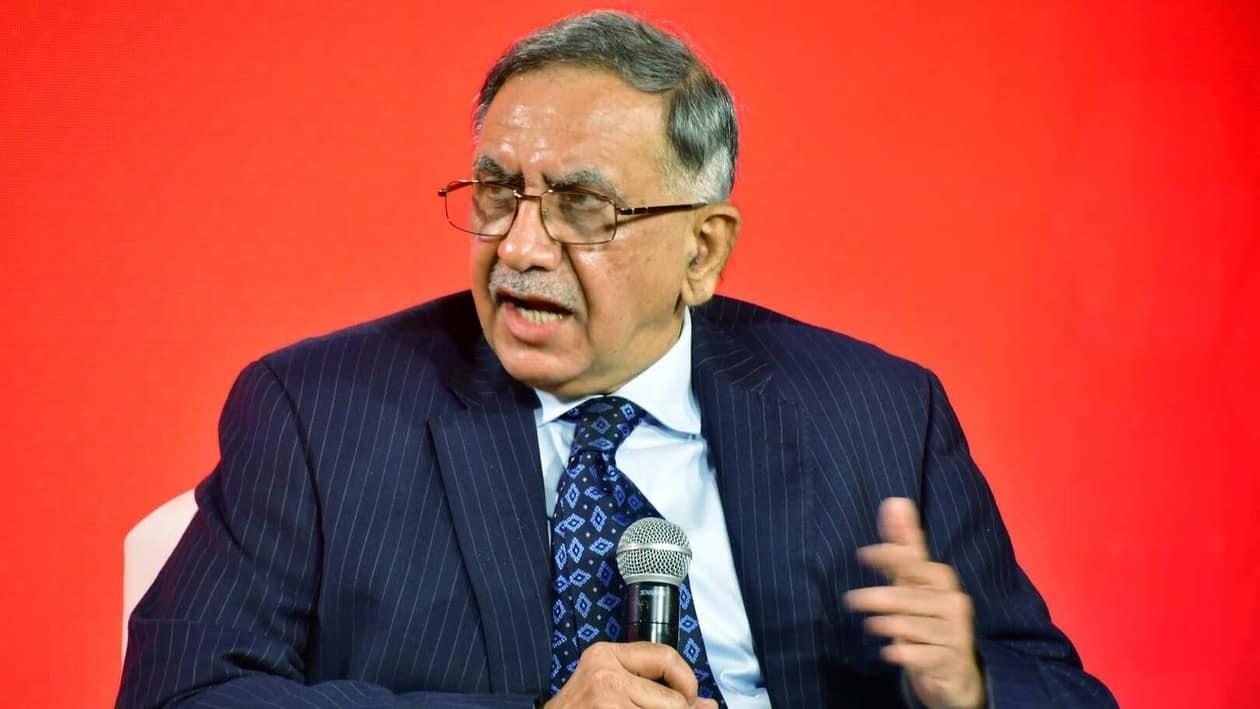(PTI) State-owned Bank of Baroda on Saturday reported a 79.3 per cent rise in its standalone profit after tax (PAT) to ₹2,168 crore in the quarter ended June 30, on higher growth in net interest income (NII).
This compares with a profit after tax of ₹1,209 crore in the same quarter of the previous fiscal.
Its Managing Director and Chief Executive Officer (CEO) Sanjiv Chadha said the quarter was reasonably satisfactory even as the bank faced headwinds in terms of an increase in interest rates, which had an impact on the treasury income.
"We have been seeing a steady improvement in the credit quality of the bank and this has been a primary driver (for profit). Along with that, we also saw momentum in growth coming back strongly. There is a very broad-based improvement in credit growth," he said.
Net interest income (NII) increased by 12 per cent to ₹8,838 crore as against ₹7,892 crore in the year-ago period.
Domestic net interest margins (NIM) declined to 3.07 per cent from 3.12 per cent a year ago, as per the investor presentation uploaded on BSE.
The bank booked a treasury loss of ₹588 crore in the quarter.
The asset quality of the lender saw an improvement with the gross non-performing asset (GNPA) ratio improving to 6.26 per cent from 8.86 per cent. The net NPA ratio improved to 1.58 per cent as compared to 3.03 per cent in the first quarter of the previous fiscal.
"Asset quality has been a story, which has shown constant improvement even during Covid, and it continues. Given the fact that the corporate credit, which is a large part of our credit portfolio, cycle continues to improve, we expect gross and net NPAs to trend downwards," Chadha said.
Fresh slippages in the quarter were to the tune of ₹3,266 crore. It recovered ₹1,740 crore of bad loans and upgraded ₹859 crore of loans, according to the investor presentation. The lender has set a recovery target of ₹13,000 crore in FY2023.
The slippage ratio, which stood at 1.71 per cent as of June end, is expected to be in the range of 1.5 -2 per cent in the current fiscal, Chadha said. The bank is targeting credit costs to be in the 1.25-1.5 per cent range this year.
Total provisions declined by 57.9 per cent to 1,685 crore from ₹4,006 crore in the same period of the previous fiscal.
The Provision Coverage Ratio (PCR) of the bank stood at 89.38 per cent.
Capital to Risk (Weighted) Assets Ratio (CRAR) improved to 15.46 per cent in June 2022 from 15.40 per cent in the same quarter of the previous fiscal.
Tier-I stood at 12.97 per cent (CET-1 at 11.24 per cent, AT1 at 1.73 per cent) and tier-II stood at 2.49 per cent as of June 2022.
Chadha said the bank is well capitalised and may not look for any equity raising this fiscal.
"I don't believe that during the current year, we need to go to the market for any equity issuance. My own sense is that our profit should be enough to support the growth that we are likely to see," he added.
Domestic advances increased by 15.7 per cent to ₹6,95,493 crore and deposits rose by 8.5 per cent to ₹9,09,095 crore in June 2022 quarter.
The retail loan portfolio grew 23.2 per cent led by growth in the personal loan portfolio of 147.1 per cent, auto loan of 25.6 per cent, education loan of 20.5 per cent, and home loan of 15.3 per cent on a year-on-year basis.
The corporate loan book registered a growth of 17.3 per cent in the first quarter.
Chadha said after witnessing a de-growth in the first quarter of fiscal 2022, the corporate loan segment has been showing improvement. The demand for corporate loans is coming for brownfield expansion.
"A large part of the capital expenditure is now coming from industry majors, who are well established. This is coming by way of brownfield expansion in sectors, such as cement, steel and road," he said, adding that there has been a broad-basing of demand growth.
